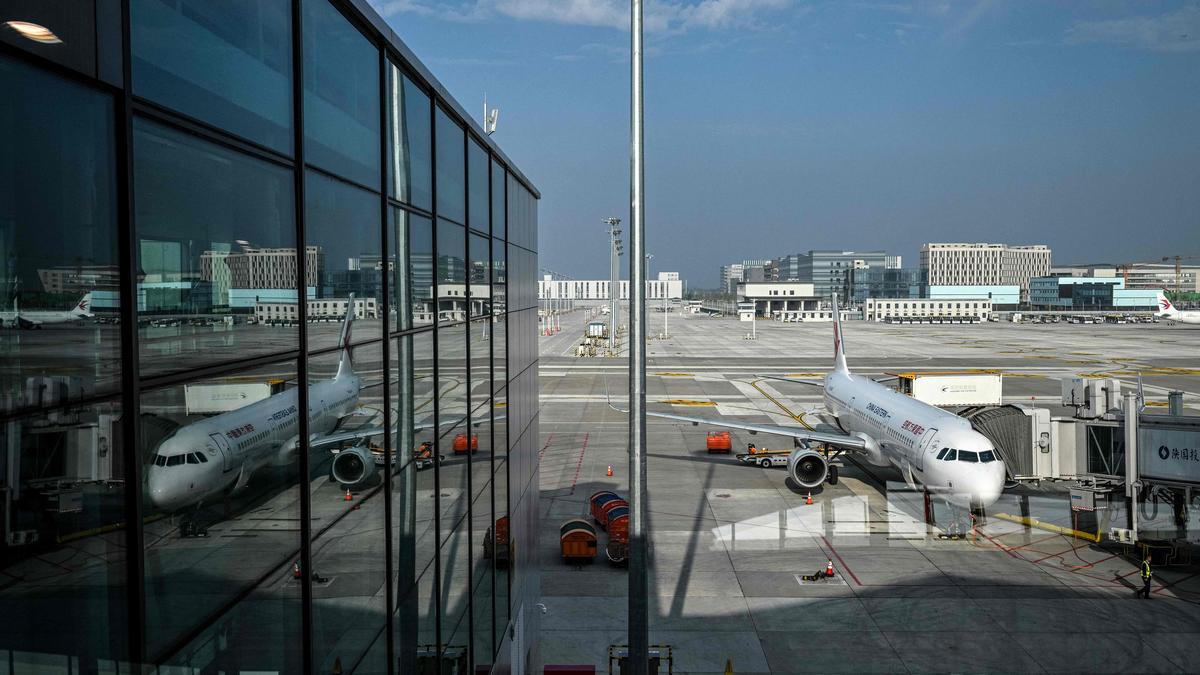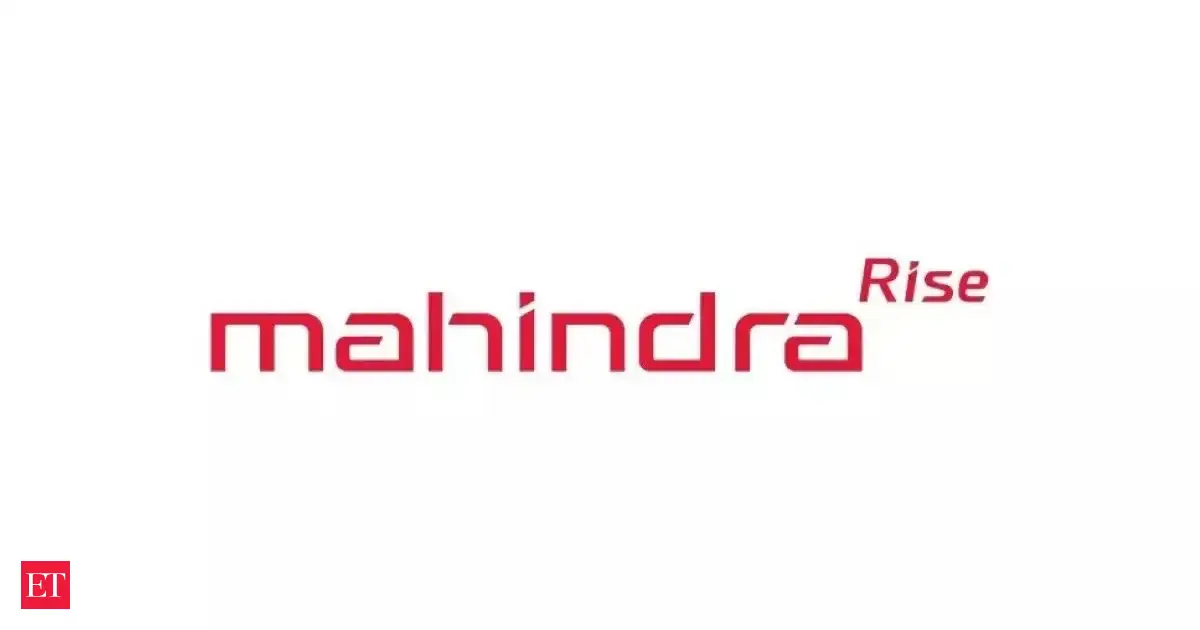Copyright Baltimore Sun

On the stump or on camera, Gov. Wes Moore’s rhetorical skills are dazzling. And in his telling, he’s been a transformative leader on hot-button issues like job growth, public safety and housing affordability. So, less than three years into his first term, he’s a regular on high-profile talk shows and is even George Clooney’s choice to lead the Democrats’ presidential ticket in 2028. Sometimes, though, Mr. Moore’s rhetoric is uncorrelated with reality — and his constituents are starting to notice. One recent poll found that “while a majority of Marylanders approve of the job Gov. Wes Moore is doing, they struggle to identify his achievements and offer only soft support.” Earlier polls have shown declining net approval ratings this year. Consider, for example, the governor’s claim that when he took office, “our unemployment rate was one of the nation’s highest and now it is one of the nation’s lowest.” A nice turn of phrase, but not true. When he was inaugurated in January 2023, Maryland’s 2.3% unemployment rate was fifth-lowest in the U.S.; it’s since risen to 3.6%, ranking 15th — definitely not an achievement. It’s true that Maryland’s dependence on the federal government poses special challenges these days — and Mr. Moore reliably blames Trump administration policies for any bad news about the state’s condition. But Virginia faces the same challenges, and with its more competitive political culture (Republican control of the executive and Democrats in the majority in the legislature), has fared much better on many key metrics. Since 2022, for example, Maryland’s real median annual household income has fallen 4.9%, while Virginia’s has risen 7.6%. Since January 2023, average hourly earnings of private-sector employees have risen 8.5% in Virginia, twice as fast as Maryland’s 4.3% growth. And by one summary measure — an amalgam of employment and wage data called the Coincident Economic Activity Index — Virginia’s 6.2% growth rate far exceeds Maryland’s 2.5% rate while Mr. Moore has been in office. The news is no better on pocketbook issues. According to a World Population Review survey, Maryland’s overall cost of living ranks seventh-highest in the nation — 11% above the national average. Housing costs are 26% above the national average; in consequence, the home ownership rate in Maryland fell from 71.8% the year before Mr. Moore took office to 68.5% in 2024 (the latest year for which data are available). By contrast, Virginia’s rate rose from 67.4% to 70.5% over the same period. The data on public safety is better — but shows nothing like “one of the fastest drops in violent crime anywhere in America,” as Mr. Moore touts. From 2022 through 2024 (the last year for which state-level data are available from the non-partisan CSG Justice Center), Maryland’s per capita rate of violent incidents has fallen a mere 0.7% — compared with the nation’s 7.5% decline and Virginia’s 8.4% reduction. Greater progress has been made on the homicide rate, which is down 30% statewide. But this mirrors the 29% reductions nationally and in Virginia. And it largely reflects better numbers in Baltimore, where the homicide rate was roughly 10 times the national average over 2012-2022, but has been almost halved since January 2023. Not coincidentally, that’s when city voters cashiered our “progressive” prosecutor in favor of Ivan Bates, who has pursued meaningful penalties for repeat violent offenses. What has the Moore administration excelled at? Growing government. From January 2023 through this August, Maryland’s state government workforce swelled 16.7%. Meanwhile, from 2022 to 2024 (again, the latest full year for which data are available), state tax collections rose 6.7%. That’s an unsustainable combination; this year, the governor triaged a hemorrhaging state budget with $1.6 billion worth of tax increases and, more recently, some employee buyouts. To be fair, it takes time to steer the ship of state away from failed policies — and Mr. Moore is saddled with a legislature little interested in doing so. His party holds 72% of the seats in Maryland’s Senate and House of Delegates; even if he turned away from their favored “progressive” policy nostrums on taxes and regulation, crime and education, he’d face daunting obstacles to constructive change. But a course correction is desperately needed. Chief Executive’s recent survey of state business climates puts Maryland 35th (Virginia is ninth). The Cato Institute’s study of economic freedom places Maryland 44th (Virginia is 18th). And the Tax Foundation ranks Maryland’s tax competitiveness 46th (Virginia is 30th). Little wonder that Maryland’s performance lags its rival on so many key economic measures. We can only hope that Governor Moore soon employs his formidable rhetorical skills to convince those legislators that if something isn’t working, it’s not really “progressive.”



